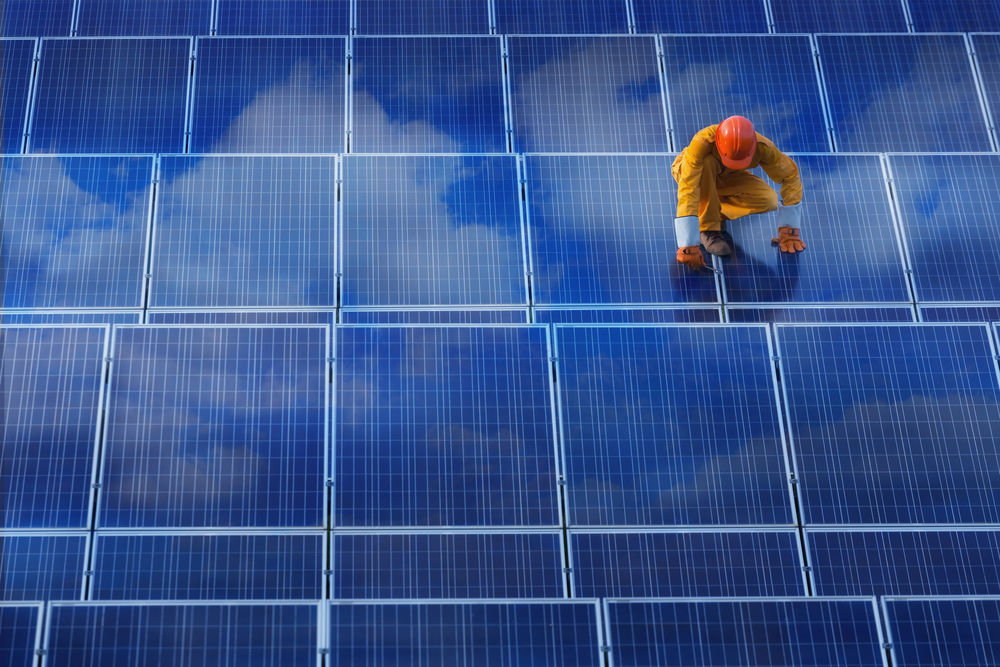Perhaps one of the most recognizable ways of bringing renewable energy into your home is by using solar power. By harnessing the power of the sun, having solar panels installed is a small sacrifice that brings a remarkable impact on one’s lifestyle. One key benefit is reducing the monthly electricity costs by half. In addition, Meralco has an ongoing program called net metering, which allows households that utilize photovoltaic (PV) systems to sell them their excess energy. In exchange, these households would be given credit points that turn into discounts to their electric bill for the following month.
Maintaining solar panels is particularly cheap so long as they are properly cared for. Most solar panels require a new inverter once every five years, as well as cable maintenance. The initial cost for installing solar panels at home may seem like a disadvantage but the savings will pay off in the long run. The other drawback is its dependency on the weather since not every location has good sun exposure. Thankfully, the Philippines is known for its tropical climate, and even cloudy weather is rarely considered a problem for solar panels.
The trend of using solar energy in Southeast Asia is on the rise. Alongside the Philippines, China, India, Thailand, Singapore, and Malaysia are just some of the notable countries that are active in the use and promotion of solar power. The Philippines ranked high in 2018 based on the Top 50 Solar Power Generation list of a Dutch firm, Solarplaza. However, the Philippines is among those with the highest cost of electricity thanks to decades of politics and reliance on old fuel that has impeded the progress of renewable energy.
Despite this, the current administration is adamant in reducing the company’s dependence on traditional energy sources. Reports estimate over 2.78 million households in the country did not have electricity. One of the government’s goals is to electrify all Filipino households by 2022. Other reported endeavors include:
- The Department of Energy partnering with local government units in promoting renewable energy use.
- The implementation of two renewable two renewable energy policies: The Renewable Portfolio Standard and the Green Energy Option.
- The Microgrid Systems Act.
- Promoting solar projects and companies that specialize in renewable energy.
Like the example of using solar panels, applying eco-friendly solutions has many benefits. Resulting from the decrease in greenhouse gas emissions, this reduces the likelihood in respiratory ailments for people living in the area while simultaneously contributing to the effort of minimizing our collective impact on climate change. Solar power is indeed on the rise, and it will require more patience for countries like the Philippines to ultimately realize their long-term effect in healing both our country and the planet.
Besides the government, several news sources provided data on the efforts of large companies in applying eco-friendly solutions to several of their owned structures.
![]()










